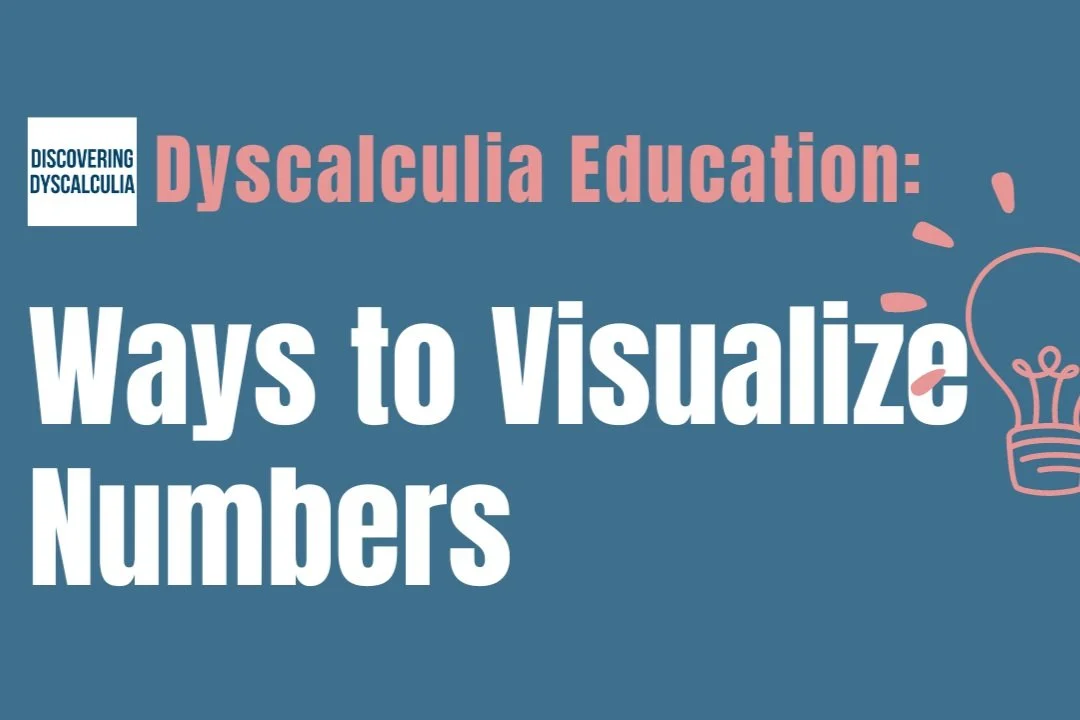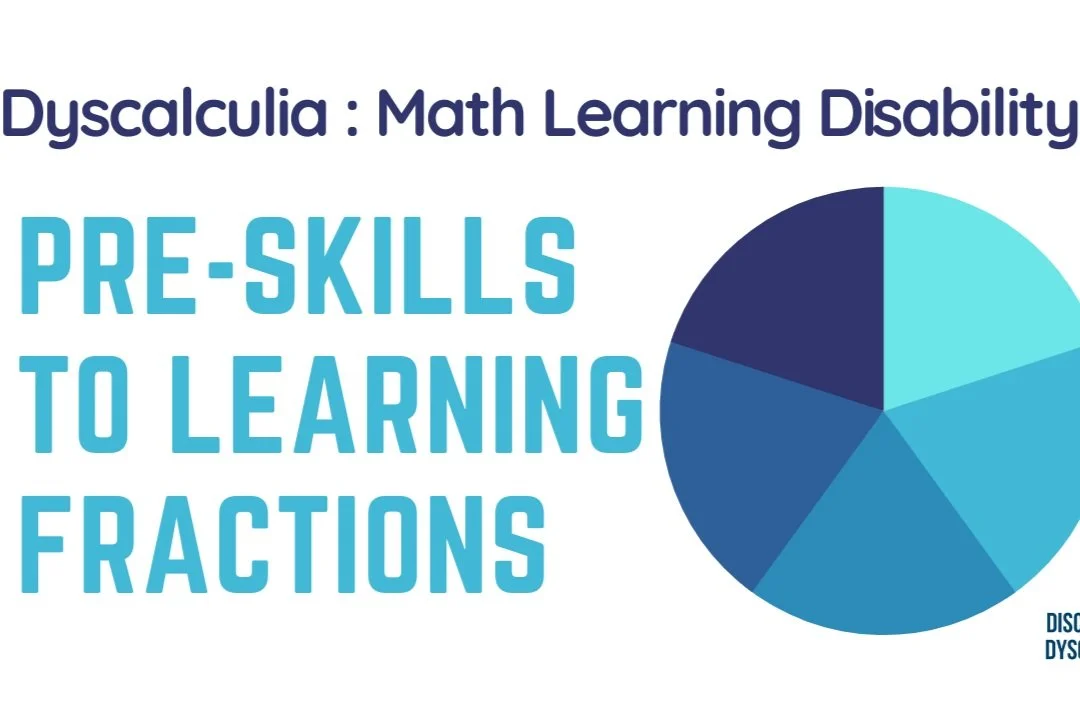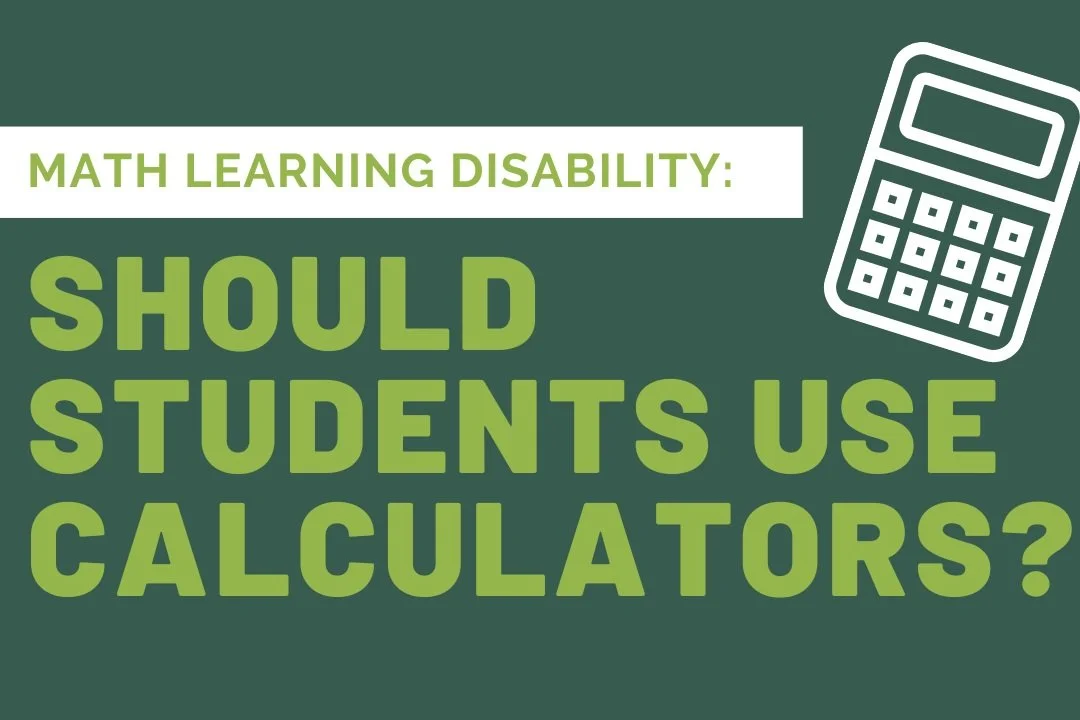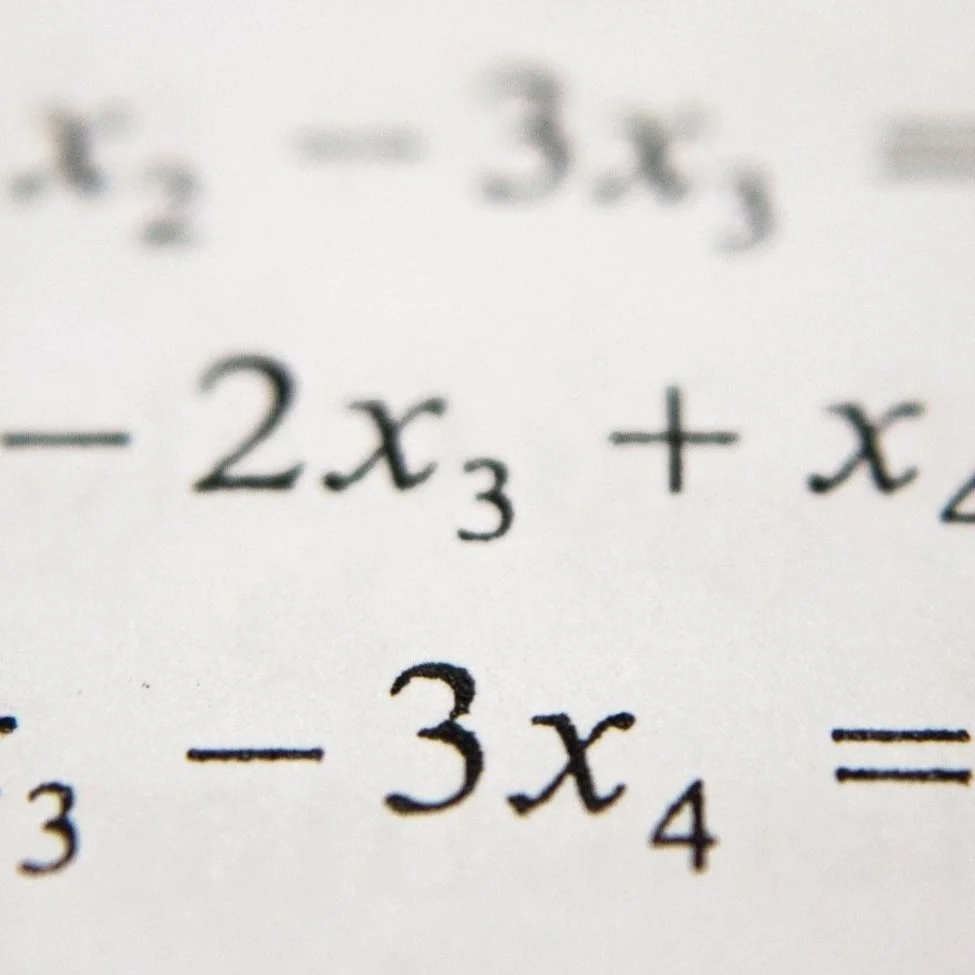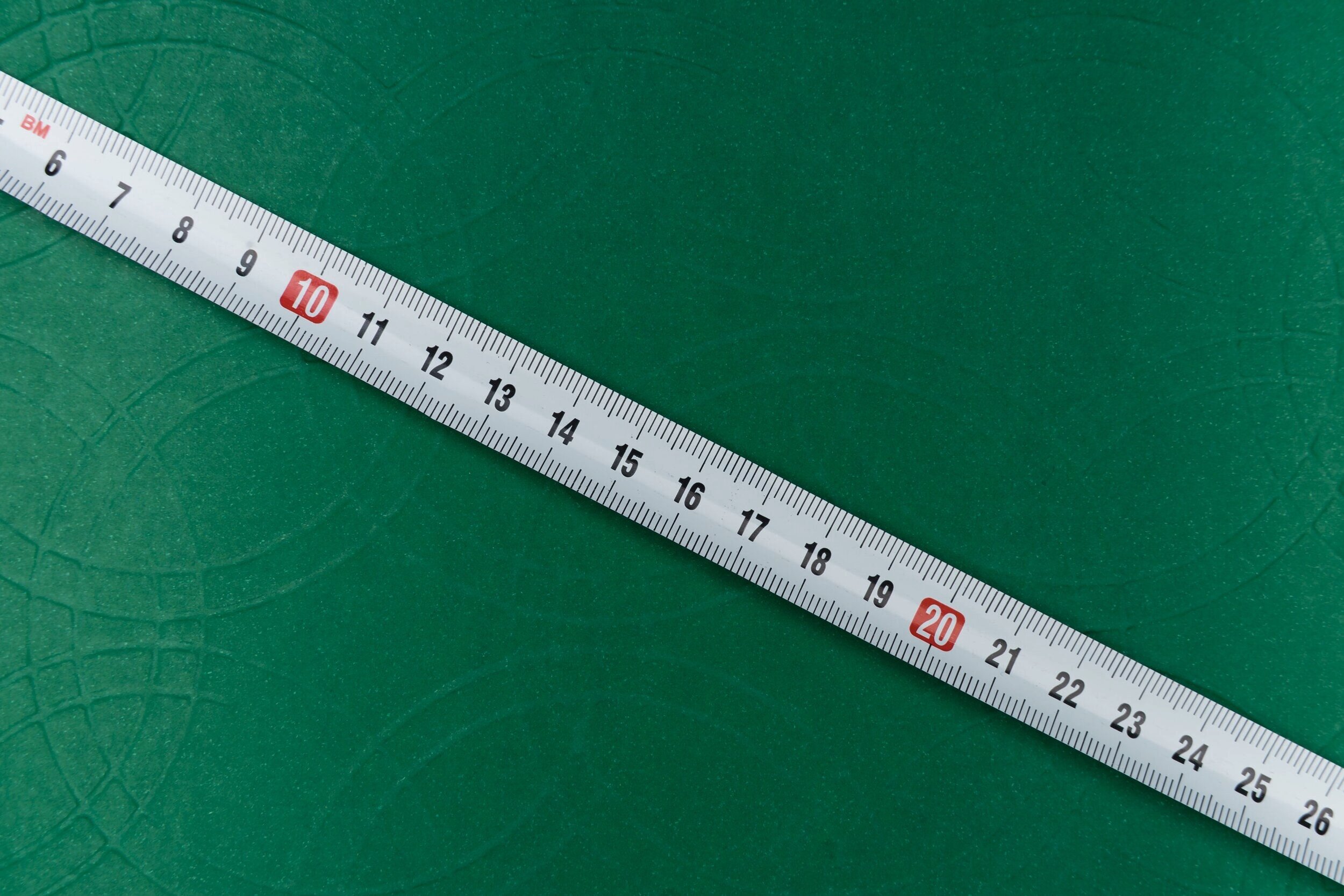The Problem with Number Lines
My daughter recently spent the day visiting a local private school. As we later debriefed the experience, she told me that the math teacher had given her a worksheet to complete. “Did you tell her that you have Dyscalculia?” I asked curiously.
“No, but I think I did pretty well, until I got stuck on 20 minus 6. I sat there for a long time and could never figure it out.”
Making breakfast the next morning, I pondered the 20 – 6 = ? math problem that had stumped my daughter. I wanted to think about the problem from her point of view to see if I could uncover what made it so complicated for her.
As I thought about it, I noticed some holes where most math instructions break down for those with Dyscalculia. Most calculation strategies make assumptions about how the student engages with numbers. Assumptions that simply cannot be made for those with Dyscalculia.
For example, one way I may suggest that my daughter solve the problem of 20 – 6 = ? is to encourage her to imagine a number line, start at 20 and work backwards 6 until reaching the answer.
However, with this method of using a number line I am making a couple assumptions:
One: I am assuming that my daughter can visualize a number line in her mind. However, most Dyscalculic students do not have an accessible number line in their minds; the whole idea of a number line is actually quite confusing to them. As Ronit Bird writes,
“On a number line there is no area that corresponds to a particular number. Instead of areas, points are used to mark the position of numbers, which may or may not be consecutive numbers. This means that any given length on a number line shows the space between two numbers. This is the cause of the confusion that so many dyscalculic children suffer from: they feel constantly muddled about whether they should be ‘counting’ numbers themselves, or the steps between numbers.”
Second: I am also assuming that my daughter can easily move forward and backward on that number line, understanding that if she moves right, or forward, she is adding quantities, and if she moves left, or backward she is subtracting quantities. This concept is not always so explicitly taught and is a difficult one to grasp for most with Dyscalculia; moving backwards is especially confusing. A student may be able to recite a string of numbers without really understanding the relationship between each number.
There are other methods to walk my daughter through this problem, but I am still aware, no matter the method, that there are assumptions I will be making during the process. It is by becoming aware of these assumptions that we can begin to better understand how those with Dyscalculia work with numbers.
(I’ll write in a later post how my daughter explained to me her methods for attempting to solve this particular problem. I found it so insightful as to how her mind works.)
Later that same morning as I was talking with my husband and explaining my thoughts on the assumptions we unfairly make, my daughter came over and wrapped her arms around my waist, hugging me, “You GET IT Mommy!”
I’ll take that sweet hug any day. I may not fully get it all, but I’m slowing understanding more of the complexity of how my daughter is wired and some of the reasons behind her math struggles.
If you want to learn more about dyscalculia awareness, education, and support, join my newsletter!


